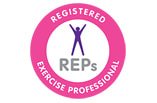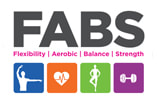|
A recent article in The Times claimed that just a couple of decades ago the fitness levels of the over 50’s were “woeful”. Interestingly (and thankfully) this trend has reversed and we are now seeing the over 50’s embrace fitness and healthier lifestyles with amazing results. In fact, after many years pushing the middle aged and older groups to increase their exercise, the fitness levels of the over 55’s has surpassed the pre-pandemic levels.
Active Ageing for the over 50’s Sport England have focussed on improving the fitness of the over 50’s by working in partnership with groups such as Age Uk. These agencies have concentrated on improving health and fitness of the over 50’s by introducing initiatives such as walking toolkits and community support. These initiatives have really hit home, todays over 50’s are more aware of how important staying active is as they get older and have embraced exercise and fitness. In order to maintain independence in our senior years we need to look after our bodies by continuing to perform functional exercise and eating healthily. Our cardio health, balance and flexibility all decline as we age and although fitness and diet are not a magic pill to reverse these effects of ageing, they do put us in a stronger position and help reduce the rate at which they decline. Group exercise has been shown to be fantastic for improving fitness and mobility in older people - the building of community and friendship alongside the physical benefits help to reduce the demand on health and social care as well as helping older people remain independent. In order for fitness regimes to be successful it’s vital you choose activities you can fit into your daily routine and ultimately, activities you enjoy. For some that might be weekly boot camps and for others it might be daily walks, cycle rides or swimming. According to Leigh Breen, exercise and health theme lead and professor of translational muscle physiology at the University of Birmingham, daily squats are a great way to help prevent muscle decline in the lower body. You can carry on playing your favourite sports into old age - if you start to feel like it’s too much then try a lower intensity version such as walking football. Strength training twice a week (minimum) to help reduce the decline of muscle mass and improve balance and stability. If you haven’t done strength training before, then you can build up your strength by gardening, heavy lifting and using resistance bands. Check out Amanda’s resistance band workout videos here: https://www.youtube.com/watch?v=MW67mWC5hh0 Research shows that it's never too late to get fit - you can see positive results from being active in your 60’s through to your 90’s, so there really is no excuse not to focus on your fitness. Always speak to your GP or health care professional before embarking on a new exercise programme or diet and remember to build up slowly to avoid injury. If you want more information on joining one of Smart Fitt’s classes or you’d like to find out more about Amanda's' 1-2-1 training sessions, contact Amanda.
0 Comments
Can you stand on one leg? How long can you hold that position for?
Believe it or not your ability (or inability) to stand on one leg is an indicator of your overall health and wellbeing. Research found that the inability to stand on one leg for 10 seconds or more is linked to a doubling in risk of death. Test yourself and see how long you can stand on one leg, try it with your eyes open and then your eyes closed. Take a look at the guide below to see how long you should be aim to hold your balance for:
If you tried the test and found you couldn’t hold your balance for the time in the targets above then don’t panic- you can improve your balance (and lifespan) with practice. Activities such as yoga and pilates etc are a great way to improve your balance but even simply standing on one leg while doing everyday activities such as brushing your teeth will help improve your balance. The NHS has a great set of simple and gentle exercises you can do in the comfort of your home. If you aim to do these a few times a week alongside your regular activities you'll soon see an improvement in your balance and ability to stand on one leg. Resistance and Strength Training Strength training is another great way to improve your balance - a strong body is much more able to support itself, reducing the risk of falls in older age. Strength training sessions done 2 to 3 times a week will yield the greatest results and can be done at home with small weights or even tins of beans! Attending a class that incorporates strength training and aerobic exercise is a fantastic way to get fit and healthy while improving balance and strength.
Looking after your body as you age, by keeping fit and healthy, will help ensure you can stay active and independent for as long as possible- reducing the risk of falls, improving cardiovascular health and reducing the risk of dementia. If you are starting any exercise programme for the first time always speak to a medical professional first. Contact Amanda for more information on any of the fitness classes at Smart Fitt or for one-to-one and personal training enquiries. If you’d like to know more about the buzzwords “active ageing” and what it means – read on! It’s the concept of enhancing opportunities to enable people to be active, happy and healthy later in life. Exercising into your latter years has numerous health benefits. In fact, one study found that those who engage in at least three hours of recreational sport a week for 10 years between the ages of fifty and sixty could increase the life expectancy of formerly sedentary individuals.
Julie Robinson, optimal ageing expert and founder of fitness initiative, Move It or Lose it, explains. “People are living longer than ever before and because of this, attitudes towards ageing are changing. It is no longer expected that you slow down in your later years. And, in fact, the opposite is now being promoted. It’s great to see such a positive shift in messaging and with musculoskeletal conditions being the leading cause of disability in the UK, it’s never been more important for people to prioritise joint health and keep active at any age.” Hormonal Changes Although numerous studies have concluded that physical activity is a key contributor to longevity, you should ensure you’re exercising in accordance with your age and ability. A routine which worked in your twenties may no longer be suitable. So what exactly should someone over the age of fifty be doing to keep fit? Whilst younger adults often go straight into high-intensity workout routines which can run the risk of injuries, older adults have a natural decline in bone health and muscle mass. There’s also hormonal changes for women to contend with. Unfortunately, many women find their joints suddenly become stiff and painful during perimenopause and menopause, which inevitably deters a natural desire to keep fit. Interestingly, joint pain affects as many as 40% of all menopausal women and joint stiffness is the most common contributor to impairment of quality of life and work in women of a menopausal age. Active Ageing Julie Robinson comments: “Joint pain may not subside when hormones level out after the menopause. But there are many lifestyle changes that can help ease the pain and prevent it from getting worse. Commonly affected joints include the knees and hips so be sure to implement some specific exercises to support these areas. Walking is a great low-impact exercise which supports both the knees and hips. Walking helps to keep the joints flexible and strengthens the surrounding muscles.” Julie also recommends tailoring your fitness routine to incorporate both low-impact exercises and strength training. “If you’re over fifty, try to tailor your exercise regime to accommodate for natural changes in joint health. I’d even recommend adding in gentle strength training to help build up lost strength from an age-related decrease in muscle mass. Weights can often feel intimidating but start off small and go at your own pace. Research suggests that when done regularly, strength training can help preserve bone density, independence and vitality.” Help Relieve Discomfort Staying active in your later years is imperative to help prevent physical decline. However, for the 20 million people in the UK suffering with a musculoskeletal condition such as arthritis, keeping up with a substantial exercise routine is not always possible. Julie says, “Although I’m an advocate for active ageing, conditions such as arthritis can have a great impact on our desire to exercise. Pain and discomfort often accompany chronic health conditions, with many believing that exercise will exacerbate symptoms. In fact, keeping active can actually help relieve discomfort by reducing joint pain whilst increasing strength and flexibility. For those looking for additional support, joint movement may be made easier through the addition of a clinically backed supplement, such as GOPO® Joint Health which in numerous studies has been shown to reduce joint pain and stiffness.” Credits: Author Yvonne McKenzie and Magazine The People's Friend |
Archives
August 2023
Categories
All
|

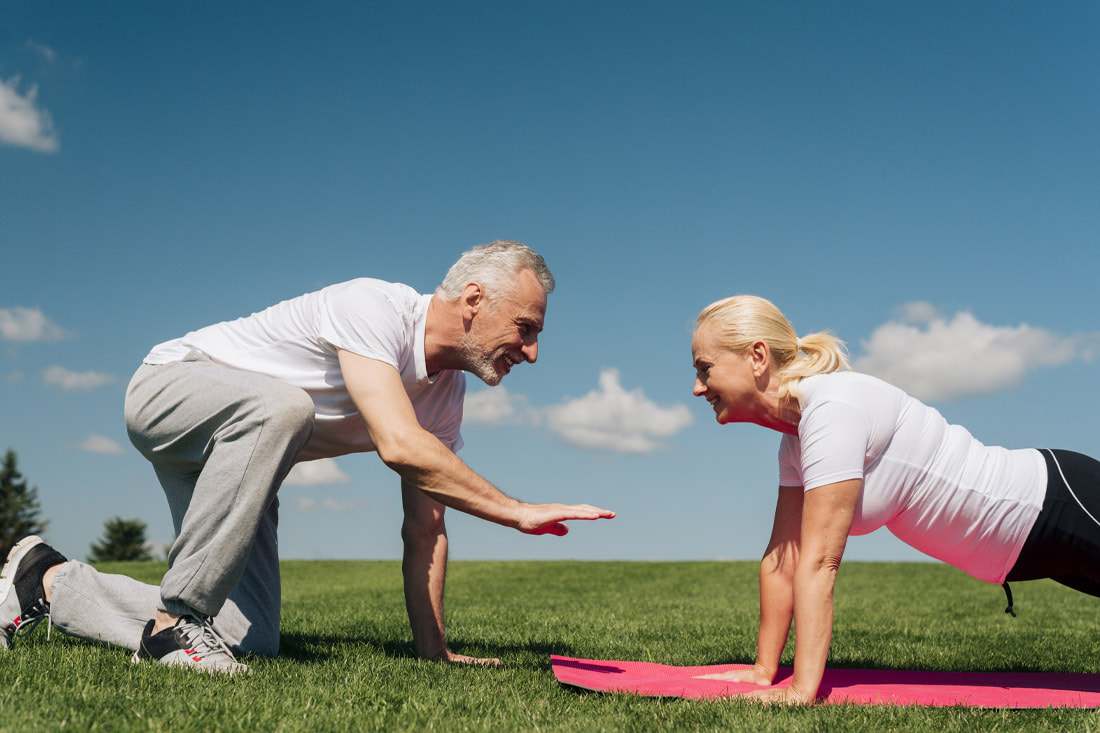
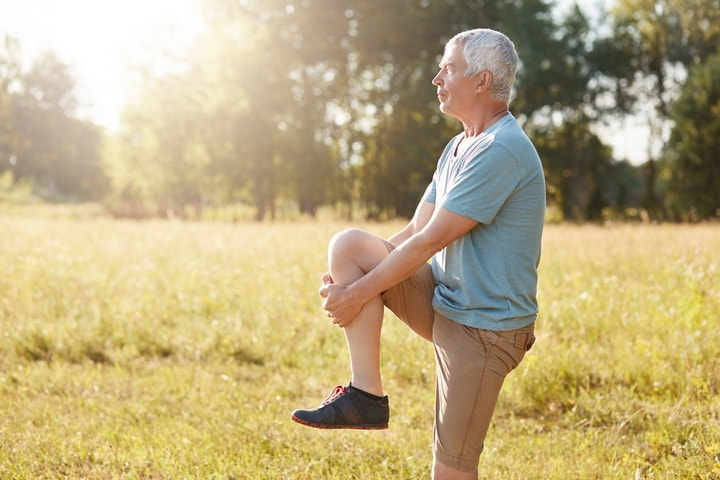
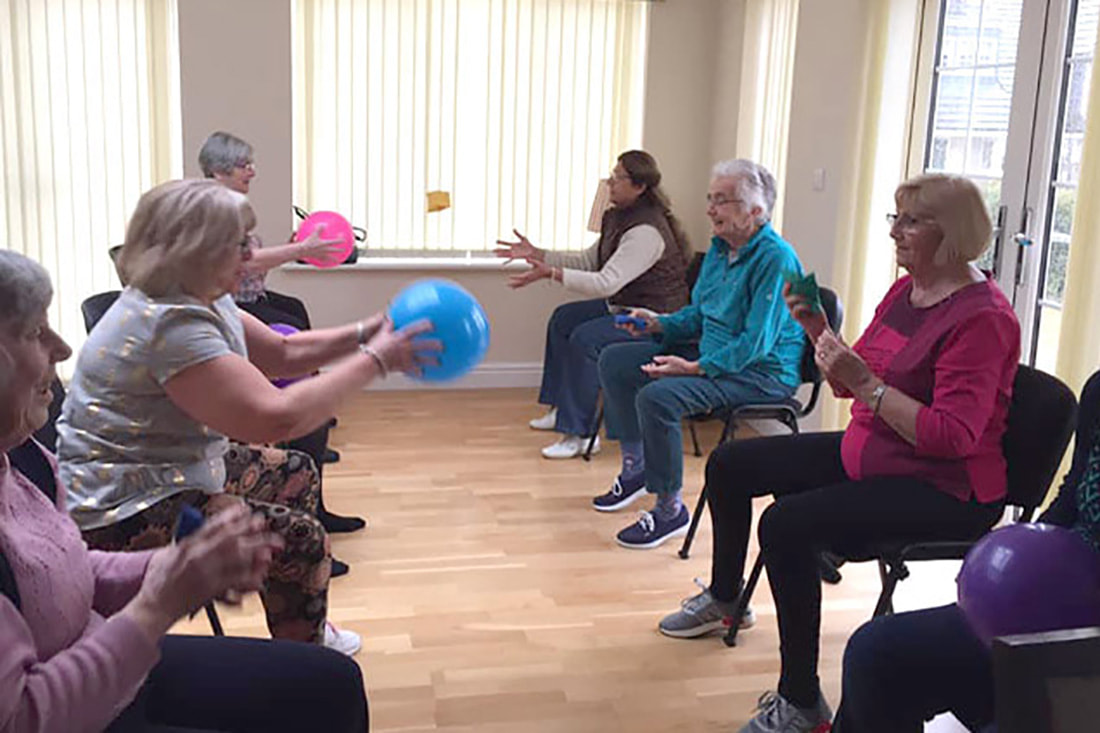
 RSS Feed
RSS Feed
